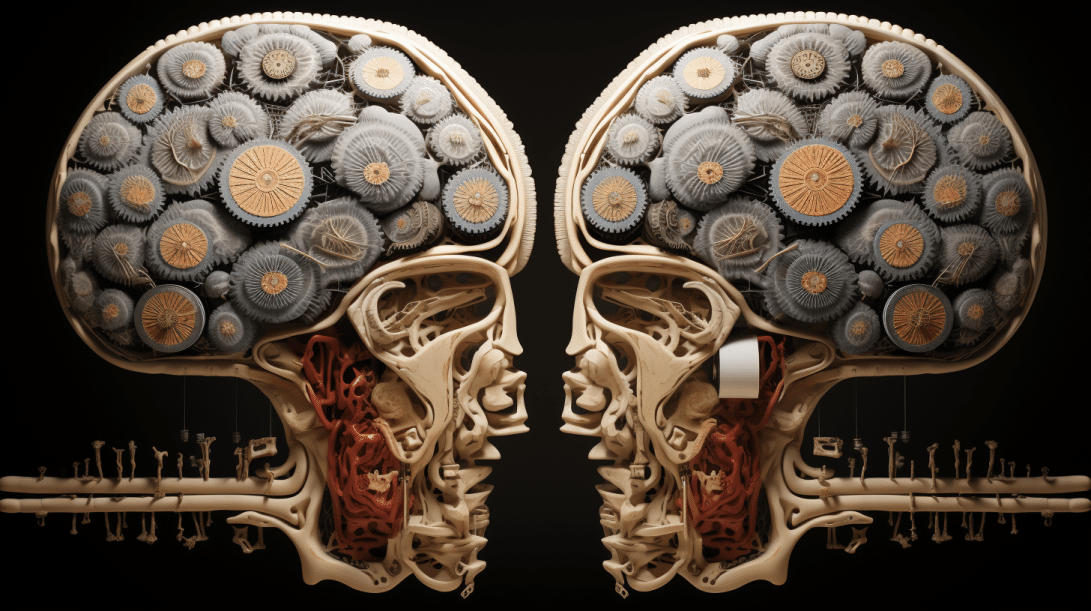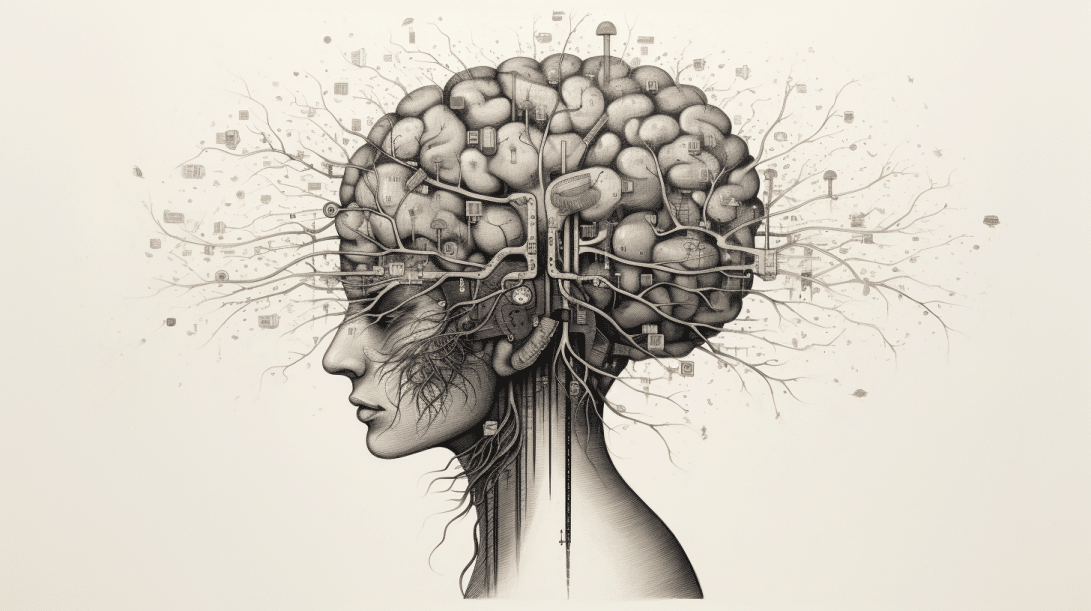Tardive dyskinesia (TD) is an involuntary movement disorder caused by long-term use of antipsychotic medications.
It involves repetitive, uncontrolled movements of the face, limbs or trunk.
TD can be an unrelenting concern for patients and doctors due to its persistent and potentially irreversible nature.
Key Facts:
- Research output on TD peaked in the 1990s, declined after 2004, and increased slightly after 2015
- The most studied topics were pharmacology, pathophysiology, epidemiology, treatment with antipsychotics, and genetics
- Core areas of focus changed over the decades, with shifting interest from characterization and epidemiology to pathophysiology, treatment trials, and emerging therapies
- Recent trends include genetics, role of serotonin receptors, treating TD with deep brain stimulation, link to dopamine supersensitivity psychosis, and new drug therapies
- The USA produced the most research by far, but Asia’s contribution is rising quickly in recent years
Characterizing Tardive Dyskinesia (1960s-1970s)
TD first began attracting scientific attention in the 1960s after the condition was officially named and characterized in the medical literature.
Early research sought to delineate the clinical features, prevalence, demographic correlations and pharmacological basis of TD.
Key publications from this era included foundational studies describing and naming the syndrome, as well as early epidemiological studies examining TD rates in psychiatric outpatients.
By the 1970s, research had expanded to explore the relationships between TD, cognitive deficits, and antiparkinsonian medications.
Determining Causes and Mechanisms of TD (1980s-1990s)
In the 1980s, research began diversifying into two parallel tracks – one focused on understanding the biological mechanisms underlying TD using animal models, while the other conducted clinical trials comparing new “atypical” antipsychotics against older drugs.
Animal studies pointed to potential involvement of oxidative stress pathways and free radical damage.
Clinical trials centered around clozapine, which showed promise for treating TD and psychosis with less motor side effects compared to older antipsychotics.
By the 1990s, research on the pathophysiology of TD had expanded to look at a variety of mechanisms including deficient antioxidant systems, dysregulation of various neurotransmitters, and the roles of different brain regions.
The 1990s also saw a surge in industry-sponsored comparative trials as more atypical antipsychotics entered the market.
Genetics, Serotonin and Beyond & Tardive Dyskinesia (2000s-Present)
After peaking in the 90s, publications on TD declined until around 2014 before ticking upwards again.

Recent topics reflect advances in genetics, brain stimulation treatments and new drug therapies for TD.
Pharmacogenetic studies trying to link gene variants to TD risk became prominent in the early 2000s, focusing largely on dopamine receptor genes.
Other trends looked at the role of serotonin receptors in mitigating antipsychotic-induced movement disorders.
Deep brain stimulation emerged as a potential therapy for severe, treatment-resistant TD.
There is also growing interest in the links between TD and a phenomenon called dopamine supersensitivity psychosis.
Most recently, new drug treatments for TD have been developed and approved, driving renewed research interest.
These include deutetrabenazine and valbenazine, which act on vesicular monoamine transporters.
Key Influential Studies in TD Research
The most cited publication identified was a 2008 review showing higher rates of TD among patients taking atypical antipsychotics than previously thought.
Another highly influential study was a 1990 literature review that critically examined animal models for studying TD mechanisms.
Major Journals and Institutions
The journals publishing the most on TD were the Journal of Clinical Psychiatry, American Journal of Psychiatry, and Journal of Clinical Psychopharmacology.
The University of Toronto produced the most publications in recent years.
Other leading institutions were the US Department of Veterans Affairs, Baylor College of Medicine and the University of California system.
The United States contributed the bulk of TD research, producing 44% of publications.
Other major contributing countries included Canada, England and Germany.
However, China’s output rose rapidly over the past decade.
Renewed interest in TD Research
Recent studies showing persistent TD risk and new treatment options are driving renewed research attention.
Contemporary areas of focus reflect technological and therapeutic advances applying genetics, neurostimulation and targeted drug therapies to address this persistent and disabling condition.
References
- Study: Historical developments, hotspots, trends in TD research: a scientometric analysis of 54 years of publications
- Authors: Baminiwatta & Correll (2023)







